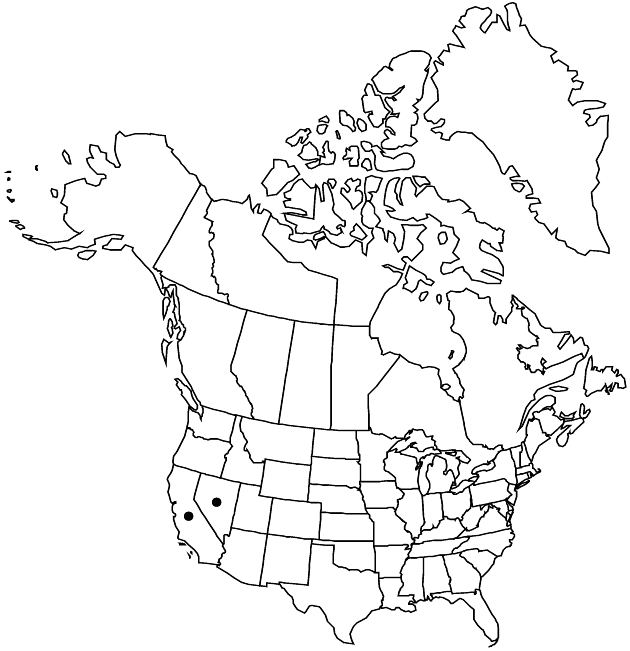Difference between revisions of "Hazardia brickellioides"
Madroño 26: 125. 1979.
Common names: Brickellbush bristleweed
Basionym: Haplopappus brickellioides S. F. Blake Proc. Biol. Soc. Wash. 35: 173. 1922 (as Aplopappus)
FNA>Volume Importer |
FNA>Volume Importer |
||
| Line 11: | Line 11: | ||
|name=Haplopappus brickellioides | |name=Haplopappus brickellioides | ||
|authority=S. F. Blake | |authority=S. F. Blake | ||
| + | |rank=species | ||
|publication_title=Proc. Biol. Soc. Wash. | |publication_title=Proc. Biol. Soc. Wash. | ||
|publication_place=35: 173. 1922 (as Aplopappus) | |publication_place=35: 173. 1922 (as Aplopappus) | ||
| Line 37: | Line 38: | ||
-->{{#Taxon: | -->{{#Taxon: | ||
name=Hazardia brickellioides | name=Hazardia brickellioides | ||
| − | |||
|authority=(S. F. Blake) W. D. Clark | |authority=(S. F. Blake) W. D. Clark | ||
|rank=species | |rank=species | ||
| Line 52: | Line 52: | ||
|publication year=1979 | |publication year=1979 | ||
|special status= | |special status= | ||
| − | |source xml=https://jpend@bitbucket.org/aafc-mbb/fna-data-curation.git/src/ | + | |source xml=https://jpend@bitbucket.org/aafc-mbb/fna-data-curation.git/src/eaa6e58056e40c9ef614d8f47aea294977a1a5e9/coarse_grained_fna_xml/V19-20-21/V20_1034.xml |
|tribe=Asteraceae tribe Astereae | |tribe=Asteraceae tribe Astereae | ||
|genus=Hazardia | |genus=Hazardia | ||
Revision as of 20:23, 16 December 2019
Shrubs, 20–80 cm. Stems scabrous to hispid, some hairs yellow gland-tipped. Leaves subsessile or subpetiolate; blades elliptic to obovate or obovate-cuneate, 10–35 × 5–25 mm, coriaceous, bases not clasping, margins usually coarsely spinulose-dentate (with 1–4 pairs of teeth), rarely entire, apices acute, faces pilose to scabrous, some hairs yellow gland-tipped. Heads borne singly or 2–3 in cymiform arrays. Involucres cylindric to turbinate, 6–7 × 4–5 mm. Phyllaries recurved (or inner erect), lanceolate, apices acute, faces hispidulous, glandular. Ray florets 5–8, fertile; corollas shorter than involucres, inconspicuous. Disc florets 8–12; corollas 6–8 mm. Cypselae 2–3 mm, sparsely sericeous. 2n = 12.
Phenology: Flowering Jun–Oct.
Habitat: Limestone outcrops and cliffs
Elevation: 700–2100 m
Discussion
Selected References
None.
Lower Taxa
None.
